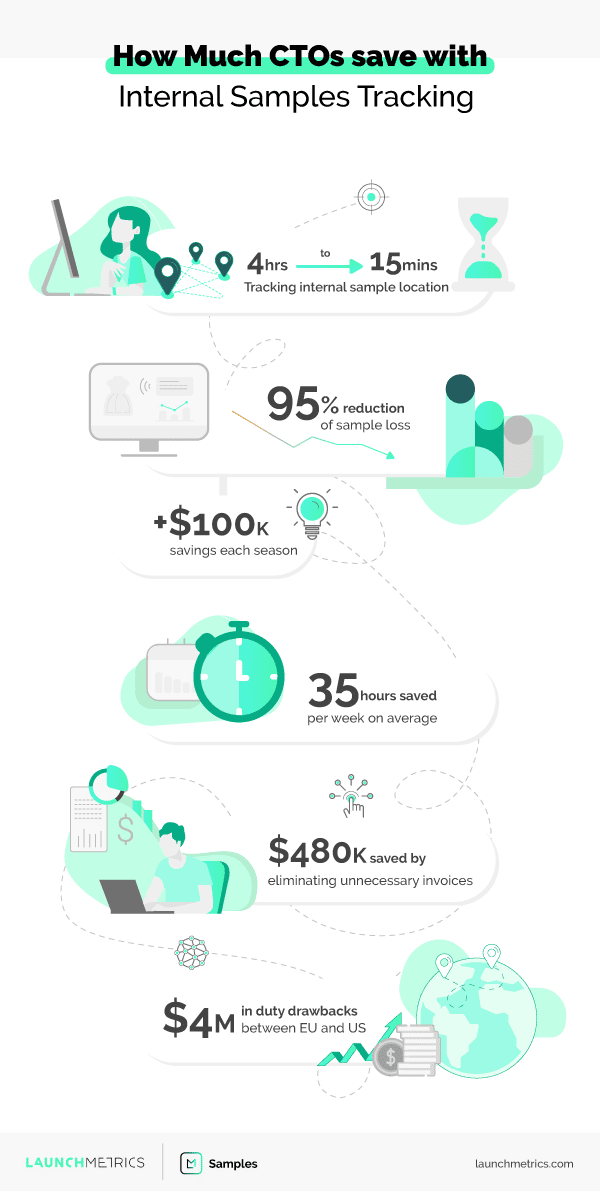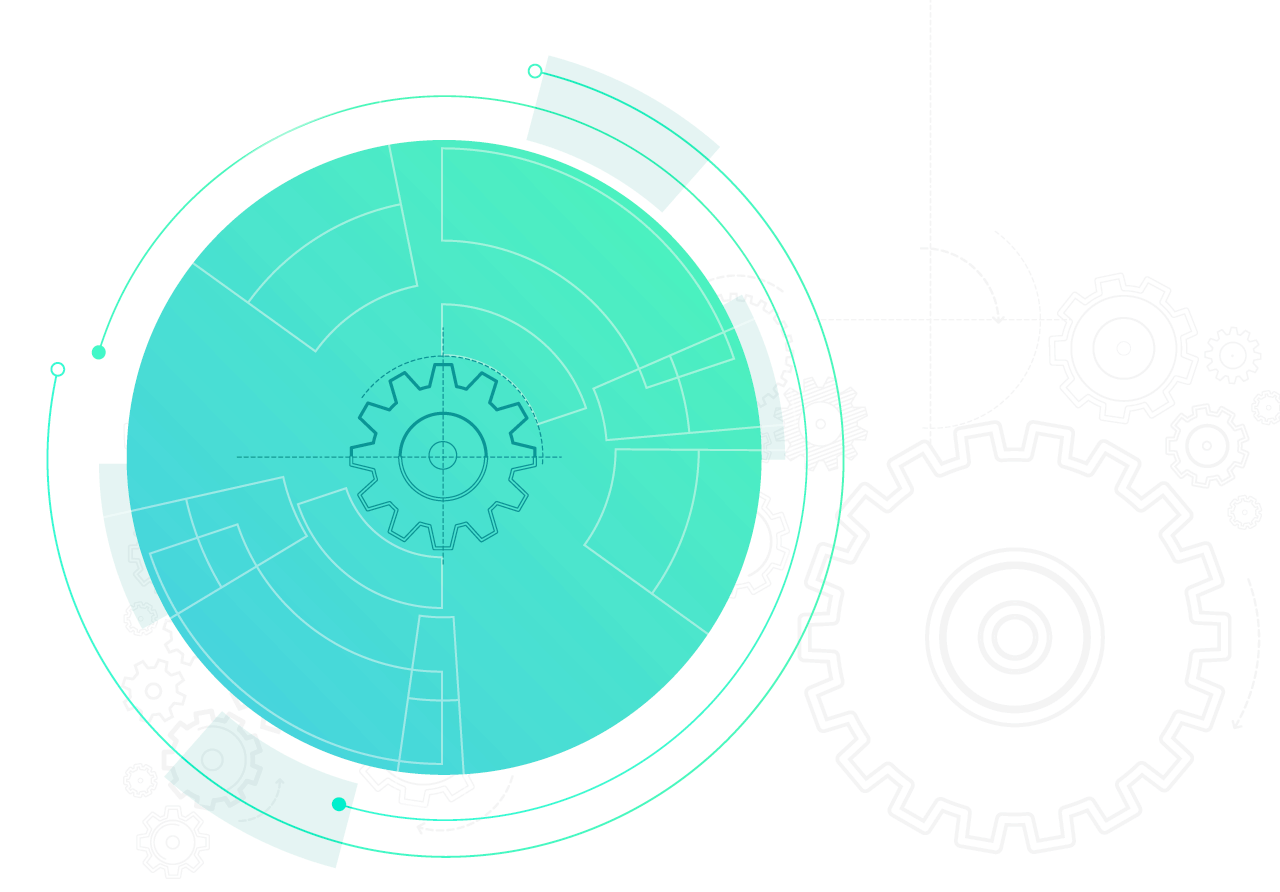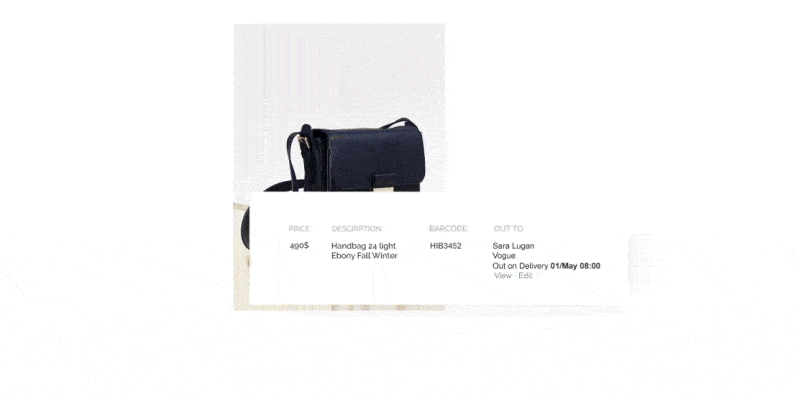As a fashion brand, how you track and manage samples matters. Outdated sample management systems create a variety of problems – the consequences of which can ripple through to different areas of the business and deeply affect your bottom line.
That’s why sample trafficking is one of the crucial (yet often overlooked) areas to address when undertaking internal process optimization.
In this post, we’ll take a look at why optimizing operations is so important, the challenges facing IT executives in the fashion industry with regard to sample management, and how implementing the right digital tools can bring surprising benefits and flow-on effects to your business.
And to kick things off, here’s a summary infographic that will give you a quick idea of the impact internal sample management can have.

In this article you’ll learn…
Optimizing Internal Processes within the Fashion Industry
Technology is now, more than ever, a crucial driving force behind the success of any fashion brand. And according to McKinsey’s State of Fashion Technology Report 2022, fashion companies are expected to double their investments in technology by 2030.
Customer-facing activities are a major focus of those investments, but not the only one: as McKinsey notes, the fashion industry is increasingly recognizing the importance of digital transformation for improving internal operations.
“More than 60 percent of fashion executives believe creating integrated digital processes throughout their organizations will be among their top five areas for digitization as they look to 2025”
When considering which internal processes to optimize as part of your digital transformation strategy, it can help to think in terms of three main digital innovations:
Product Development
During the product development phase, new collections are brought to life through a collaborative process between various teams. To facilitate this process, PLM (Product Lifecycle Management) solutions come into play. PLM systems manage the complete journey of a product – from initial ideation through to development, service, and disposal – and streamline the exchanges of data between all relevant parties.
When the PLM process is optimized, data flows efficiently along the product value chain, leading to greater innovation and shorter product development cycles.
Cross-departmental cooperation
Another key to boosting internal performance is to invest in an ERP (Enterprise Resource Planning) system that optimizes cross-departmental cooperation. ERPs can be quite vast in scope, providing complete visibility into core business processes and making operations more accurate and efficient. An ERP will connect business applications and data from across various areas, including sales forecasts, customer service information, shipping logistics, financial reports, and more.
Enterprise Sample Management
The third area to consider is sample management. Samples are produced to meet a range of needs within the supply chain, from fashion shows to press loans to eCommerce listings, meaning they pass regularly between the hands of different teams.
Managing them effectively requires an ESM (Enterprise Sample Management) platform that centralizes digital information across departments and synchronizes with the ERP system.
Many fashion companies are still using outdated manual sample trafficking systems. As we’ll see below, optimizing the internal sample tracking process using the right digital tools is an effective way to boost productivity and profitability.
Primary Challenges Facing Fashion CTOs and IT Directors
Despite the fashion industry’s willingness to embrace technology, the role of an IT executive isn’t always easy. You know that digital transformation is the key to improving supply chain efficiency and reducing operating costs, but in areas like internal sample management, legacy systems are creating a number of challenges. Here are some of the main ones you may be facing today:
Departmental Silos
Trying to trace samples from behind the walls of organizational silos is difficult. Without a free flow of information between departments, you’re left with no visibility of sample location, and a glaring lack of accountability. For example, one common problem is working out which business units should account for losses when samples go missing.
On the contrary, imagine having a transparent and centralized system that allows you to instantly find out the location of any sample. By breaking down silos, samples can move efficiently between departments, and accountability is greatly increased.
Sample losses
Lost samples are far more costly than they first appear. When a sample goes missing, it can fire off a cascade of consequences affecting various aspects of the supply chain. For example, let’s say a lost sample results in a delay in producing product photography. In turn, there’s a delay in getting an eCommerce listing online, resulting in lost sales.
Another impact of sample loss is that you lose the opportunity to claim duty drawbacks and other tax refunds. With samples exchanged between the EU and the US, for example, duties can be recovered if samples are returned to headquarters in the same condition. Since you can’t file claims on lost samples, your company can miss out on significant potential tax drawbacks – often to the tune of millions of dollars.
“Brands who face an average of 5-15% sample loss throughout their organization can lose up to $3.5M each year, depending on the price of their products.” — Launchmetrics whitepaper, 8 Ways Sample Management Can Improve Profitability
Delayed time to market
Achieving ever-faster time to market is a huge and ongoing challenge, as fashion brands compete to satisfy the whims of customers who crave more products, faster. Suboptimal sample management can delay time to market by stifling the creative process (e.g. by delaying access to inspiration pieces) and interrupting the product development cycle.
This is especially the case where there’s a low volume of samples produced per collection. In a scenario where, say, one copy is shared among six different internal teams, delays in product development are virtually inevitable.
With many fashion companies still using traditional non-RFID tags to manually label samples, inefficient processes have much to answer for.
As noted by the Pulse of the Fashion Industry Report:
“If fashion brands continue to manage samples as they do now, they will see a profit reduction of $52 billion by 2030.”
Save time and reduce internal costs with Sample Management Software
Upgrading to a digital system that uses RFID tags is the fastest and most reliable way to transform your internal sample management process into one that not only supports your business but accelerates its growth.
Industry-specific software like Launchmetrics Samples allows samples to be seamlessly checked in and out as they move between departments, resulting in a wide range of benefits. Many of these are external-facing, like boosting PR coverage. But such software can also have a massive transformational effect on internal operations as well.
Enterprise Sample Management software can:
1. Digitize samples operation
A digitized sample management solution allows you to streamline your workflow so that you can create, manage and share assets quickly and efficiently. Imagine checking in a sample manually – a process that’s slow and error-prone – versus checking it in via a quick smartphone scan of a barcode or RFID tag. As well as being faster and more accurate, the digital system standardizes operations, removing internal silos and allowing samples to move seamlessly across departments on a global level.
2. Improve visibility and assign departmental accountability
Standardized digital tracking gives you complete visibility over who a sample is with, when, and why, which in turn allows for departmental accountability. In many cases, this allows for clunky processes (like internal invoicing) to be eradicated completely.
Accountability also prompts teams to take greater care with sample assets, reducing sample losses.
3. Reduce operating costs
Time is money, as they say, and hunting down misplaced samples is a costly process.
Take UK retailer Debenhams: by upgrading to a digital sample management system, they went from spending days to locate a sample to spending a mere five minutes, ultimately saving them £100K per year. Additionally, costs are saved by not having to replace lost samples and by workflows being automated.
4. Accelerate time-to-market
Streamlining the movement of samples internally across your business can facilitate the product design process, allowing new collections to reach the market faster. For example, samples that have been archived can be easily requested by design teams as inspiration pieces. And the design iteration process runs far more smoothly when samples are correctly managed.
5. Maximize sales opportunities
An often-overlooked consequence of poor sample management is lost sales. Consider how crucial it is to get new products uploaded to eCommerce stores in a timely manner.
Missing samples can delay photoshoots, thus delaying the creation of product pages as well as promotional materials. Efficient sample management means products reach eCommerce listings faster, maximizing sales opportunities.
These are just some of the many benefits you can expect to reap from an optimized sample tracking process. Read more in our whitepaper, 8 Ways Sample Management Can Improve Profitability.
Conclusion
As we’ve seen above, poor internal sample management systems have many hidden costs. But on the flip side, optimizing those systems using the right digital tools – like industry-specific Launchmetrics Samples – can produce a cascade of positive outcomes that flow through different departments and, ultimately, lead to fewer costs and more profits.
How efficiently are samples managed in your company, and what first step can you take today to make the process better?




